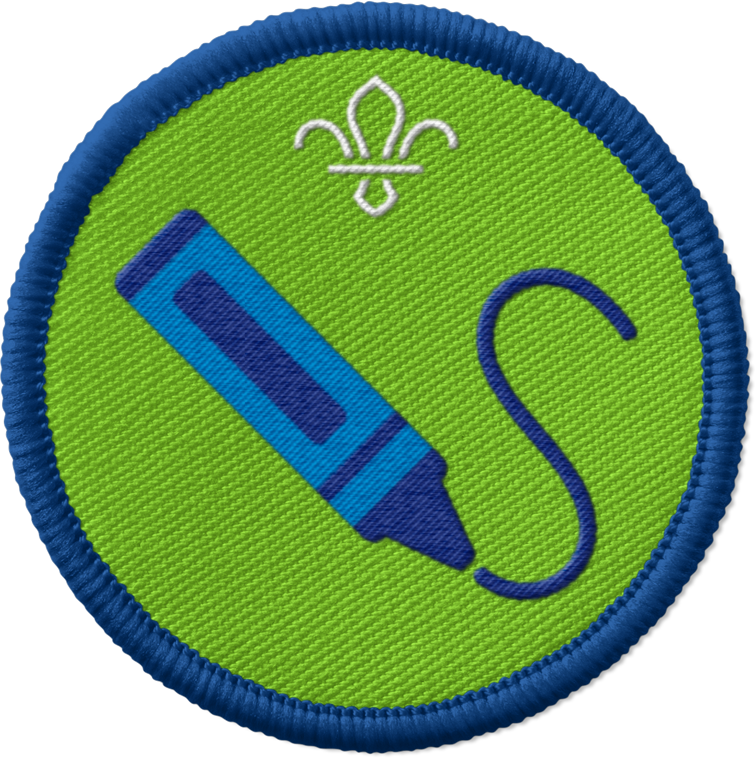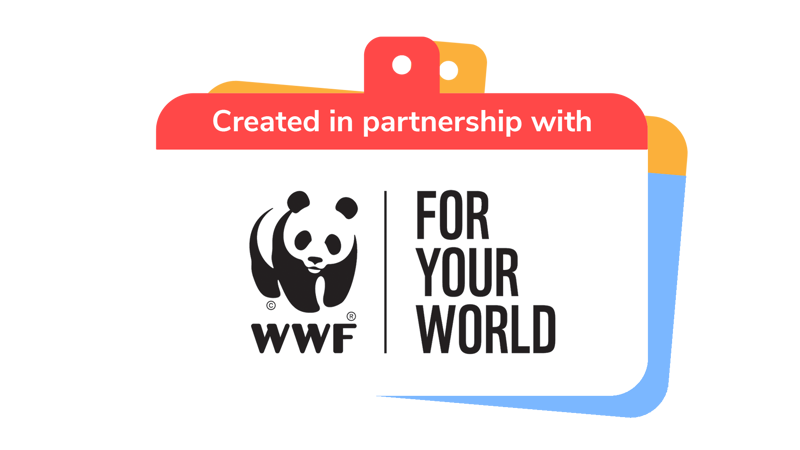
Build a sustainable future
You’ll need
- Craft materials (for example, tissue paper, pipe cleaners, stickers)
- Clean items of recycling
- Felt pens
- Fabric pens
- Fabric scissors
- Fabric glue
- Two or three large sheets of paper, wood or fabric (depending on group size)
Before you begin
- The person leading the activity should tell everyone to bring with them some old fabric, waste packaging, or paper or fabric recycled materials to the meeting.
- The person leading the activity should collect as much recycled paper and fabric as they can for this activity. Look for used packaging and boxes, old clothes or bedding, and any repurposed craft materials. All shapes or sizes of materials can be used.
Run the activity
- The person leading the activity should make a pile of recycled materials. The group should add what they’ve found to the pile. Try to group paper and fabrics together.
- The person leading the activity should explain that they’ll be making a model of the local community, using recycled materials. Ask everyone to think of landmarks and spots that they like in the area. Draw an outline of the area on a large sheet of paper, give out felt pens and tell everyone to draw bits that they like.
- Talk about the 'Green clean scenes' listed below; these are things that might make the world of the future a better place.
- Everyone should use this for inspiration to come up with ideas of how to improve their local community in the year 2024, and then members should write on the map where they imagine the new sustainable features in the community will be.
- Tell everyone to try and make the features they’ve thought of, or used from the 'Clean green scenes', on the map. The person leading the activity should give out craft materials, fabric scissors, fabric glue and fabric pens. People could work in groups on a larger section too.
- Each person or group should go to the pile of recycled materials and choose some to create their features. Give everyone 20 minutes and then check on progress.
- The finished map should be a vision of the community in 2024. Look for somewhere to display the map so that everyone can see what the future may potentially hold!
Below are some examples of things you may want to see in your community within 2023 or by 2024:
- Homes for local wildlife, such as for hedgehogs and bats
- Wildflower roundabout islands
- Pollinator gardens
- Window boxes on every home
- Hedgerows to attract wildlife
- Grow our own food
- A community run allotment
- An edible bus-stop
- Solar panels on your meeting place roof
- More trees
- Electric car charging stations
- A plastic-free green grocer, or even a plastic-free supermarket!
- A plastic-free beach
Think outside the box and be creative; you never know what might be possible!

This activity helps contribute towards some of the UN's Sustainable Development Goals. Find out more about the SDGs, and how Scouts across the world are getting involved.
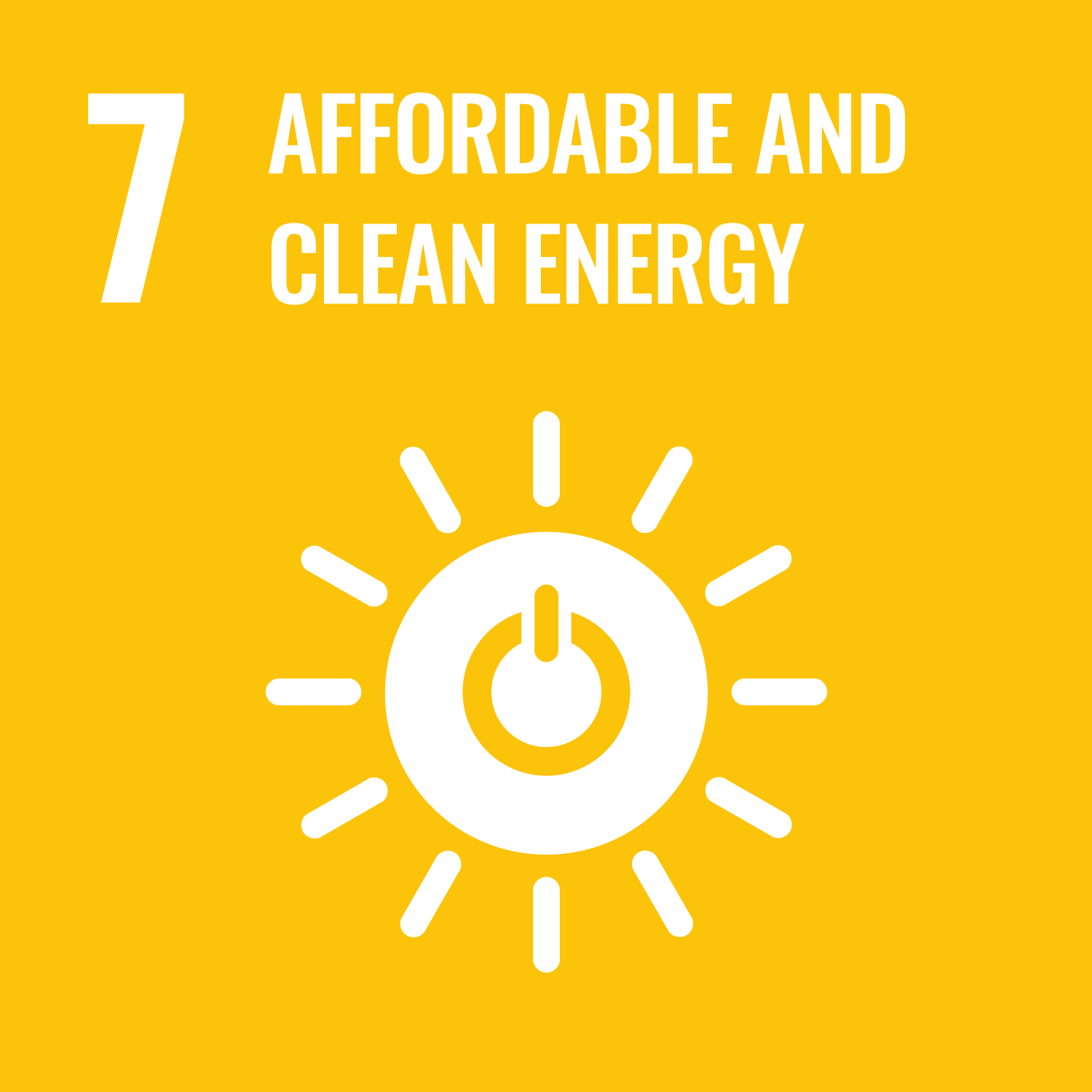
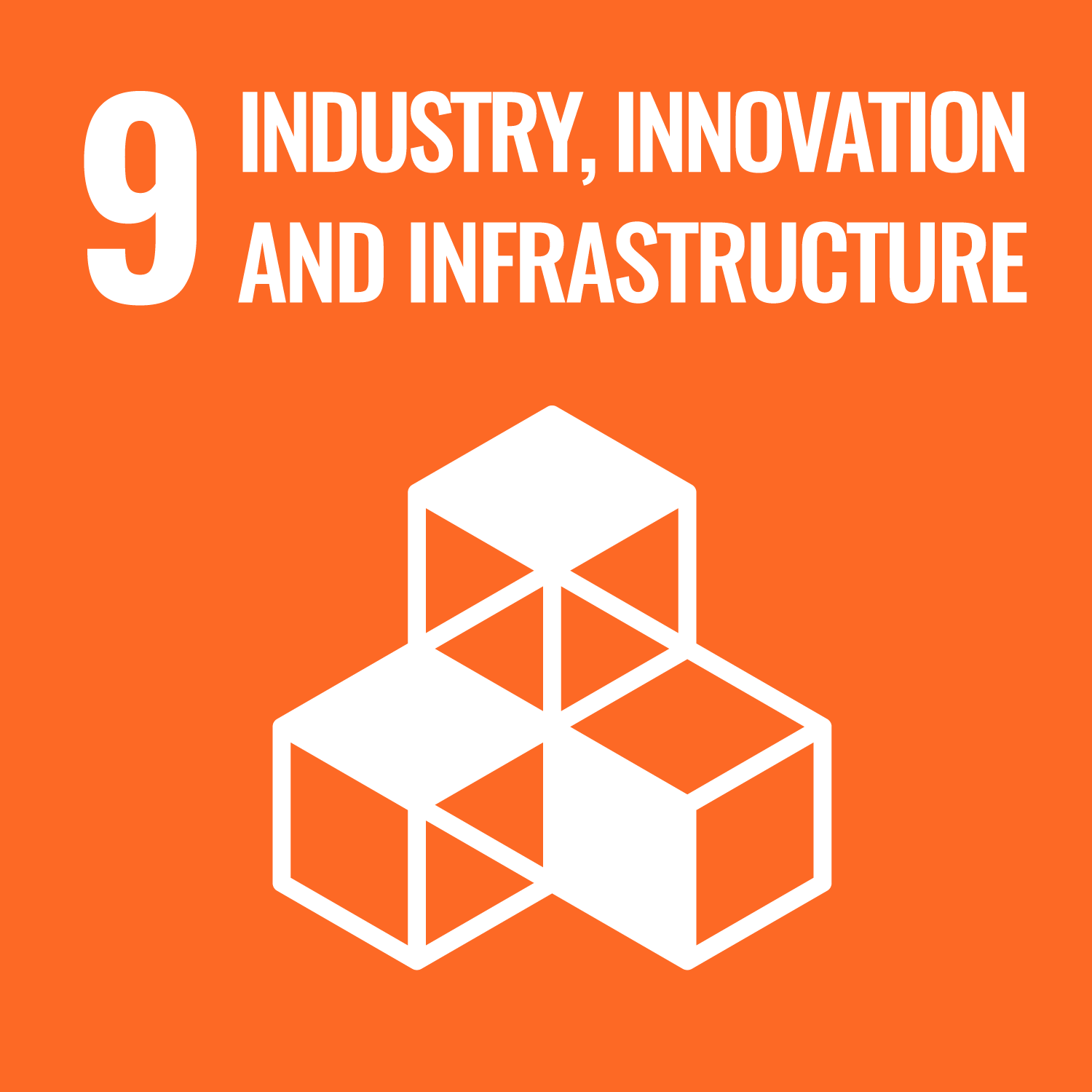


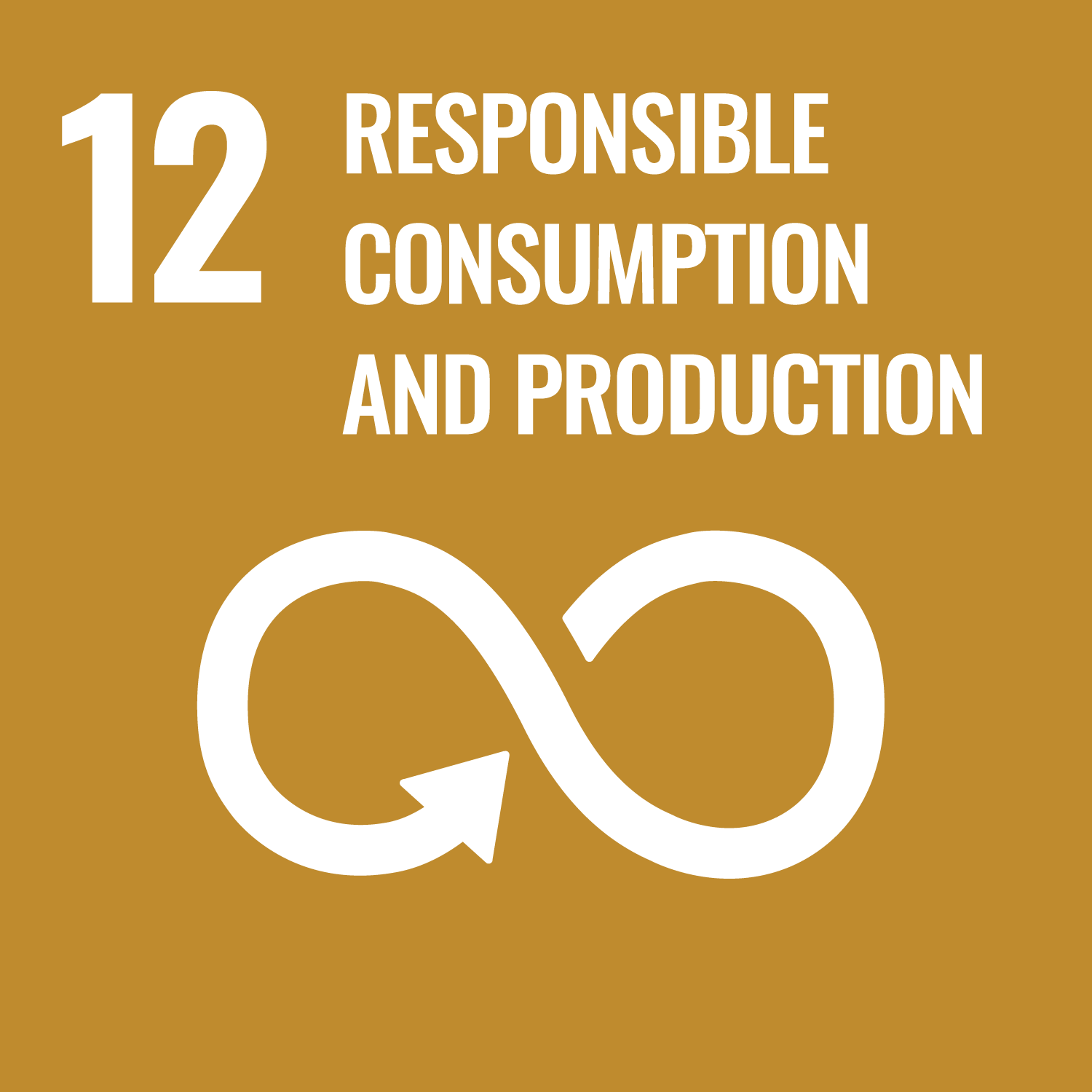
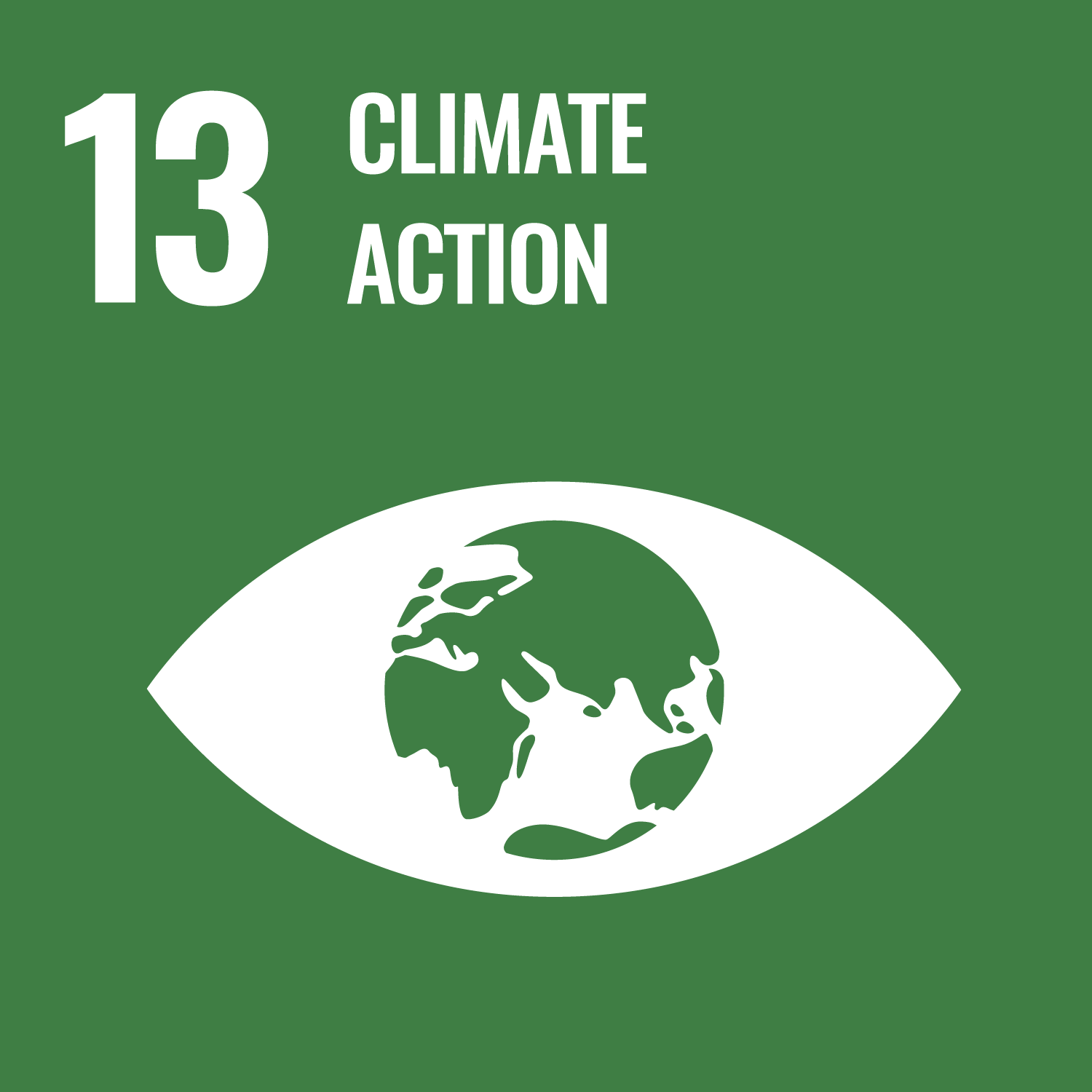
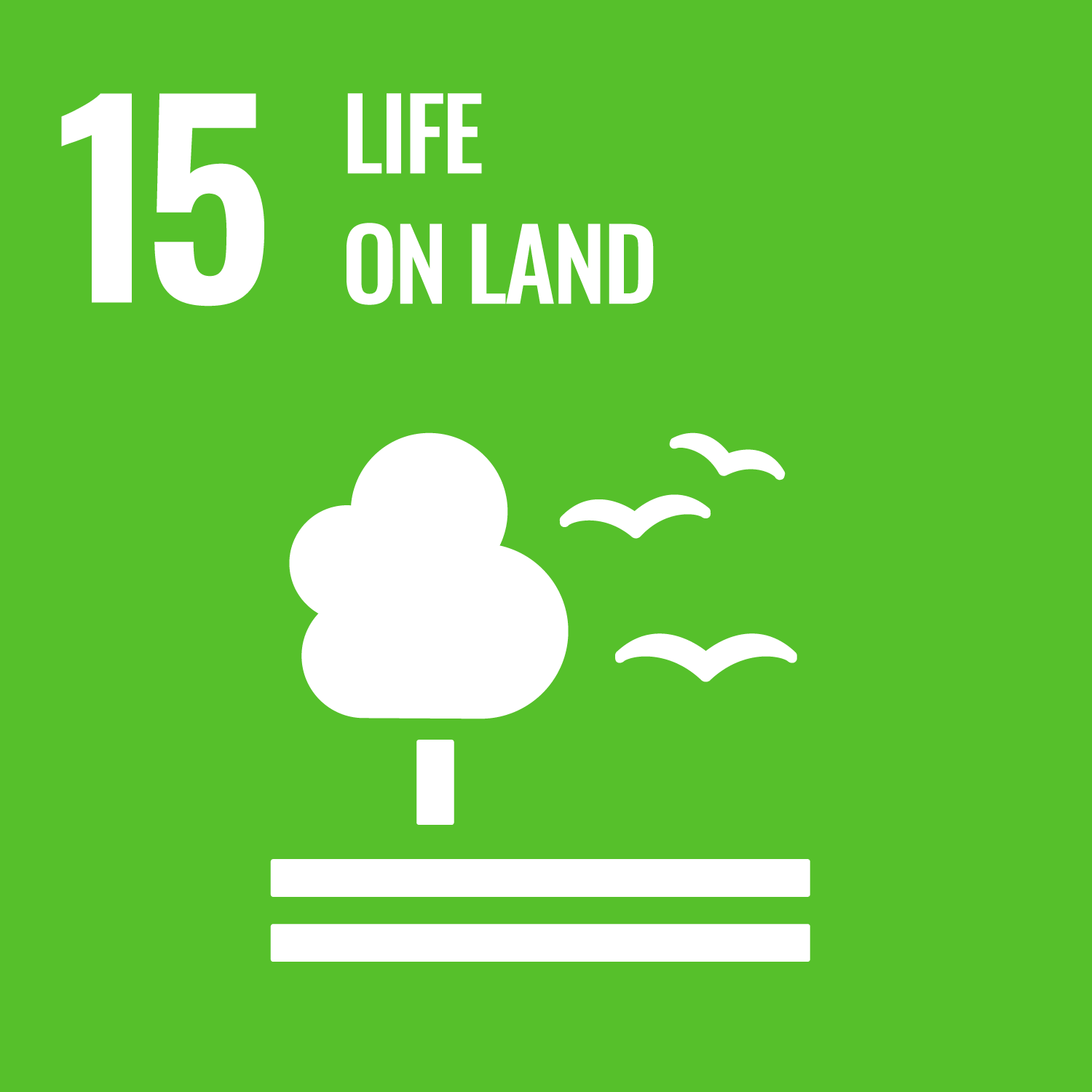
Reflection
The group has created a map of the community as they want it to look in the year 2024. What could each person in the group do to try and make these visions a reality? How can you encourage other people in the community to share in your vision? How have you made nature a part of the urban space and reduced the impact of plastics and other pollution?
Safety
All activities must be safely managed. You must complete a thorough risk assessment and take appropriate steps to reduce risk. Use the safety checklist to help you plan and risk assess your activity. Always get approval for the activity, and have suitable supervision and an InTouch process.
- Scissors
Supervise young people appropriately when they’re using scissors. Store all sharp objects securely, out of the reach of young people.
- Rubbish and recycling
All items should be clean and suitable for this activity.
- Glue and solvents
Always supervise young people appropriately when they’re using glue and solvent products. Make sure there’s plenty of ventilation. Be aware of any medical conditions that could be affected by glue or solvent use and make adjustments as needed.
Artistic visionaries may enjoy the challenges of creating a model village on their maps in 3D. Use old food containers, like bottles, pots and boxes, to represent parts of the village.
Make it accessible
All Scout activities should be inclusive and accessible.
Talk to people in your community, in person or on social media if this is easier, to see if there are any plans to make changes in your area. Maybe you could talk about the ideas you came up with in the group. You might just inspire someone to make your visions come true!
Discover more at https://www.wwf.org.uk/
Allow everyone to choose their own features when designing an ideal and natural future community.

